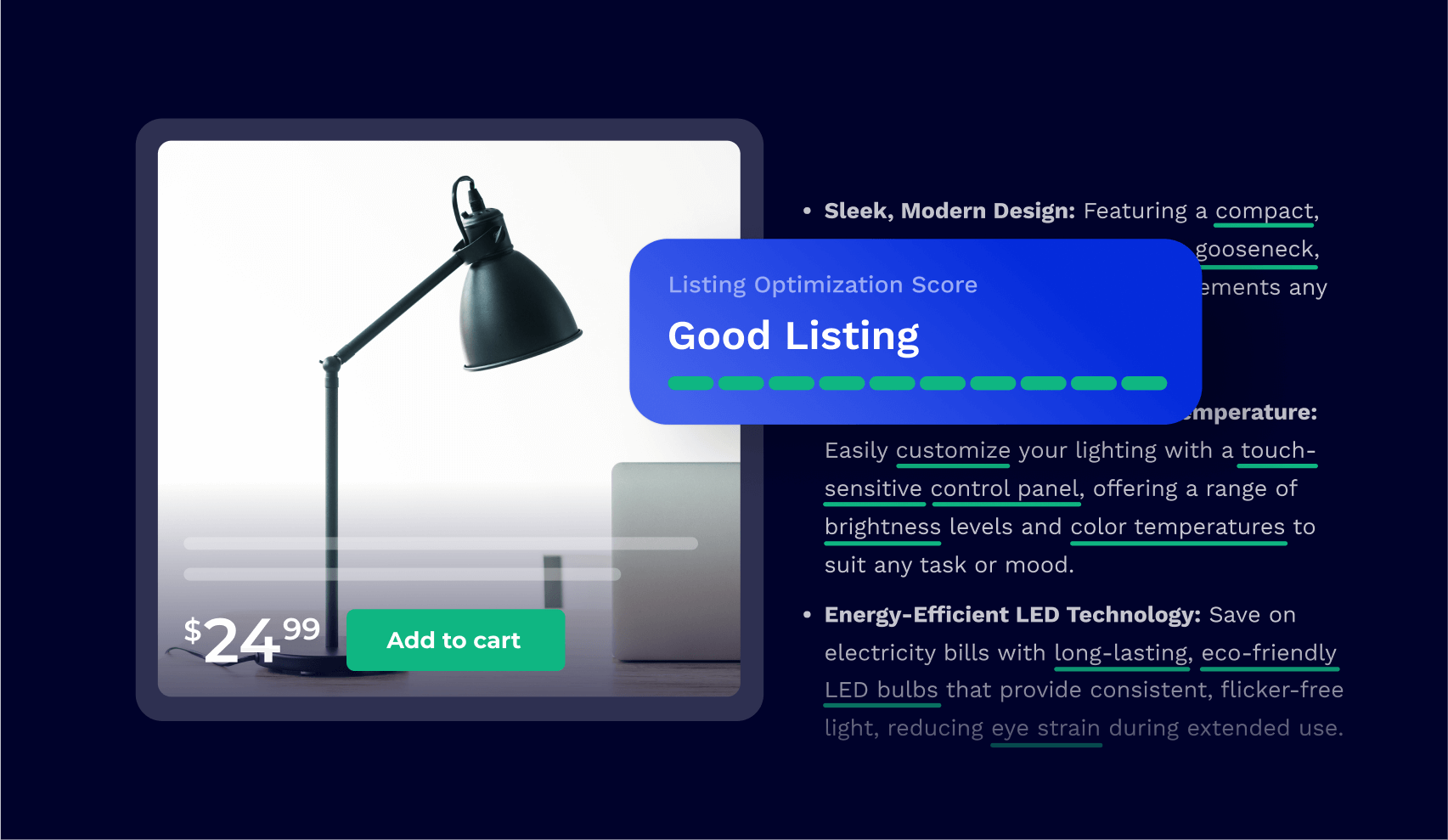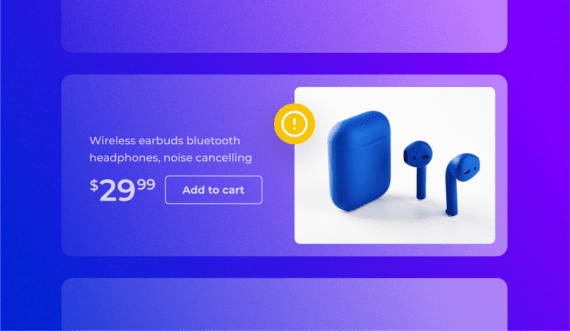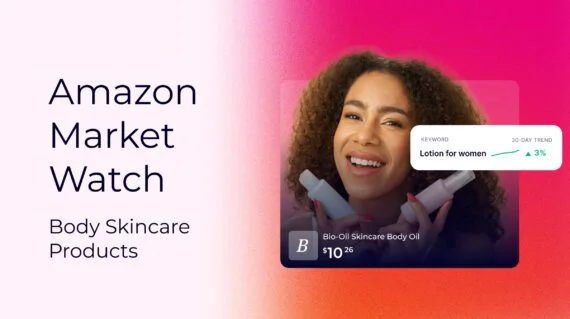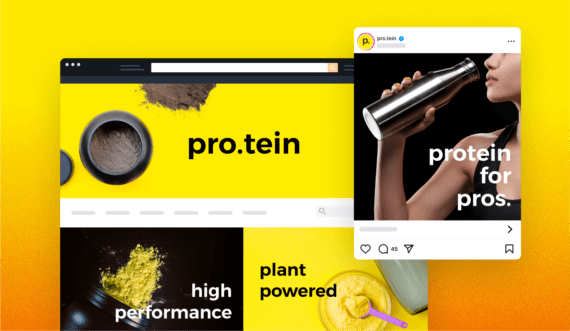As an Amazon business, your goal is always to reach more shoppers, turning as many as you can into buyers and, hopefully, repeat customers.
Product descriptions are one of the most important tools you have for creating this kind of influence. When used effectively, they help get more viewers to a product listing, then convince more of those viewers to buy.
But developing the perfect product description is tricky. Creating product descriptions that drive sales is partially an art and partially a science. Plus, you’ll need to navigate certain guidelines from Amazon — or risk facing penalties or even having product pages taken down.
In this guide, we’ll give you practical, actionable strategies you can use to create better, more compelling product descriptions that help you attract and convert more customers.
Why are product descriptions important on Amazon?
Product descriptions are essential for your audience and potential customers. Your descriptions tell people what your products are, what they do, and why people should buy them.
But that’s only one part of the equation — product descriptions are also important to Amazon itself.
Remember, Amazon is just as much a search engine as it is a storefront. Your product description is your best shot at showing Amazon’s A10 algorithm what your product is and why it should have a valuable Amazon product ranking (and place it high in search results).
In other words, good product descriptions directly influence Amazon SEO (rankings and visibility). Both Amazon and your would-be customers must understand clearly what a product is. From there, Amazon’s algorithm must “understand” why it should show your product to searchers, and your potential buyers must understand why they should buy this product, not a competitor’s.
One last reason why it’s vital to get product descriptions right on Amazon: The company is an ecommerce juggernaut, with more than 4.5 billion products sold last year in the U.S. That works out to around 8,600 items sold every single minute of every hour, every day, all year long.
Given the scale of that opportunity, you can’t afford not to get your listings right.
What are Amazon’s guidelines for product descriptions?
While Amazon gives sellers a lot of creative freedom, it does have some specific product description guidelines and best practices you’ll need to follow:
- Product descriptions are limited to 2,000 characters.
- Don’t use HTML code, JavaScript, or other types of code in your product detail pages (but you can use line breaks </br> in the description).
- Don’t engage in keyword stuffing.
Additionally, there are several kinds of information you don’t want to include in the listing. Some of these are details that can change frequently (rendering your core listing inaccurate), while others are data points Amazon wants to present somewhere else.
Here’s a quick list of things not to include in your product descriptions:
- Customer reviews, quotes, or testimonials (“The best product I’ve used!” -Jane Smith)
- Details on availability, price, or condition (“Perfect Condition, only $9.99!”)
- Website URLs (“See more at ourbrand.com”)
- Time-sensitive information (“Just in time for Christmas!”)
Check out our guide to Amazon listing optimization.
It’s a good idea to follow these guidelines to avoid direct penalties from Amazon, like getting punished in search rankings. But these guidelines and best practices also directly improve the quality of the listing from a readability or user experience point of view.
Feeling a little constrained by these limits? Consider enrolling in Amazon’s Brand Registry, which expands your toolkit with A+ Content Description. This allows you to add images, infographics, charts, bullet points, and more to your product descriptions.
From there, just make sure your descriptions have all the important information about a product and include as many keywords as possible (but without keyword stuffing).
The important elements of a high-converting product description
We’ve covered what not to do — now it’s time to head in a more positive direction! These are the most important elements to include if you want your product description to lead to more conversions and higher search rankings.
Targeted keywords
Keywords are crucial for creating product listings that people can actually find. You have 2,000 characters to play with before you hit the character limit, so use them strategically!
The key here is to find the terms people are typing into the Amazon search bar when looking for items in your product category, then use those terms prominently in your descriptions.
Jungle Scout provides several capabilities that help you sell more on Amazon. Our Keyword Scout is a keyword research tool that helps you discover relevant, high-volume keywords — the terms people are actually searching for — that you can use in your listings (and, if desired, in your PPC campaigns).
Product features and benefits
What’s just as important as getting people to a product listing?
Convincing them to buy once they get there!
Your product listing is the right place to make your case. What features does the product have, and what benefits does it deliver (especially over competitors’ offerings)?
Use language that’s clear, concise, and compelling, and explain what the product does and why people should buy it. Remember: You don’t have to say absolutely everything about the product here — there are other fields and elements that provide additional information.
Engaging language
You want your product descriptions to be factual, but you aren’t writing Wikipedia entries. You’re copywriting in order to sell!
So make sure your list of key features and benefits is interesting to read and persuasive, not just fact-filled. While you don’t want to oversell your product, you do want to use persuasive language and some emotion-driven phrases when describing the benefits of your product. You want to inform — but also create a sense of urgency.
Bullet points
Bullet points within the product description can be a big help for clarity and readability. They make it much easier for your target audience to scan for information and quickly identify what they need. Shoppers can see key details, attributes, and benefits almost instantly, pushing them toward faster decision-making.
There’s just one problem: Bullet points aren’t normally allowed in product descriptions.
However, they are included in the Amazon A+ content tools available to sellers who sign up for Amazon Brand Registry. So we say it’s a no-brainer — join the Brand Registry so you can trick out those product descriptions and use bullet points to make more sales!
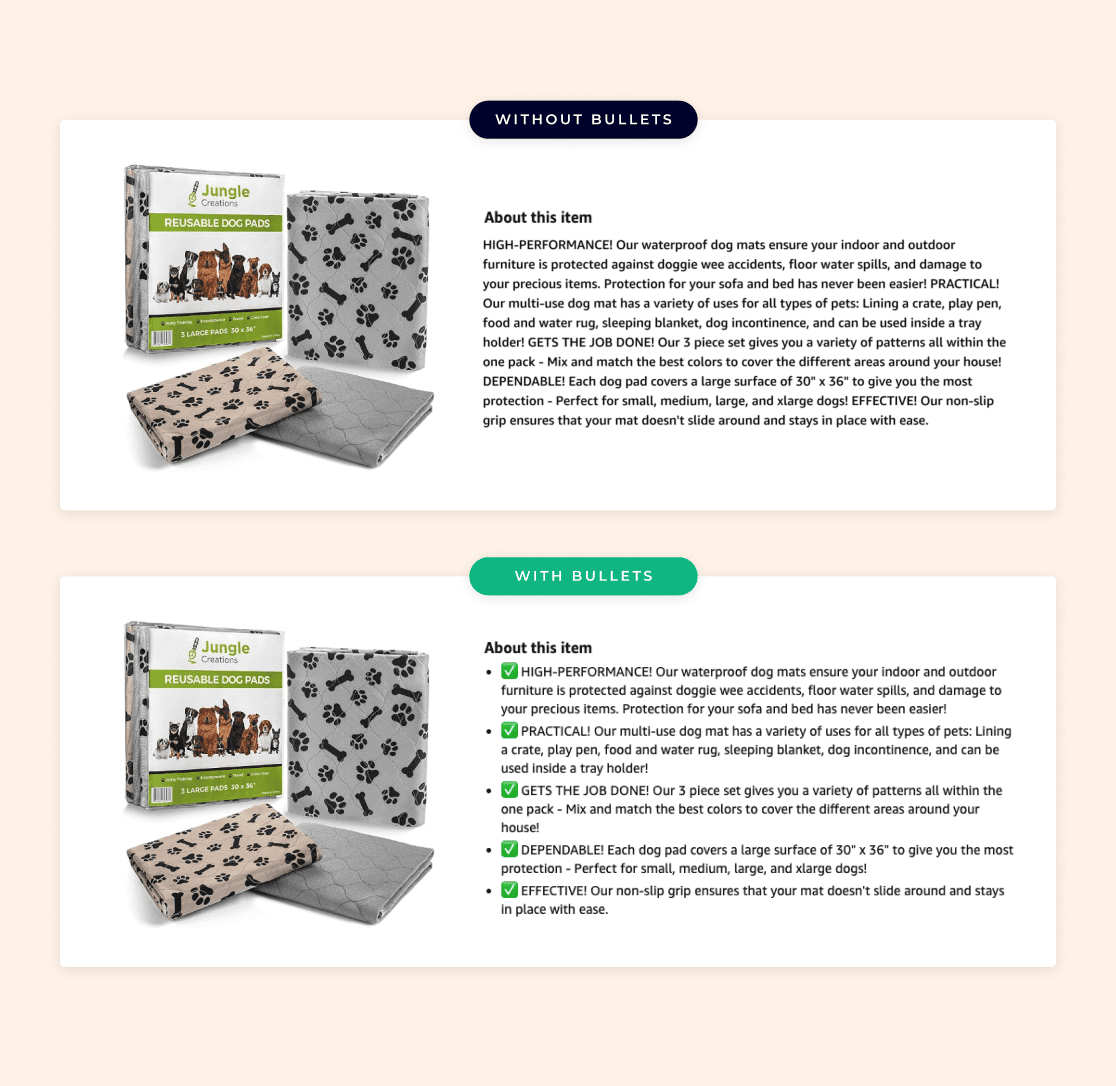
Our top tips for creating better Amazon product listing descriptions
We’ve analyzed millions of Amazon product listings and helped over a million sellers refine their listings. These are our top recommendations for improving the quality and effectiveness of your product listing descriptions as an Amazon seller.
Focus on using customer language
It’s a bedrock rule of sales: Know your customer.
It almost doesn’t matter what you’re selling — no one wants to be bombarded with obscure technical jargon or details on the inner workings of a product. They want to know how the thing you’re selling solves their problems.
So write your product descriptions in a way that aligns with how your target customers talk and think.
Most of the time, this means using simple, relatable language and avoiding overly technical jargon. Where technical language is needed, push it toward the end of a product listing or keep it in a “product specs” section.
One quick hack for figuring out how your target customers talk and think: Look at their reviews. You shouldn’t quote them in the product description, but you can use their language (and their pain points and motivations) to inform the copy you write.
Address customer pain points
Customers don’t want things — they want solutions to their problems. They want their pains and frustrations alleviated, resolved, or removed.
So talk about those things. What pain points lead a customer to want what you’re selling? Don’t just talk about the thing you’re selling — highlight how it solves those pain points and improves people’s lives.
Not sure where to start? Try out some simple phrases that cover common pain points, like “save time” and “reduce hassle.” Build out from there with pain points more specific to individual products.
Want to dive even deeper? Jungle Scout’s Review & Listing feature (available with the Competitive Intelligence tool — Review Analysis is also available with the Growth Accelerator plan) uses AI to analyze competitor reviews, helping you identify the specific pain points that competitors are winning on with similar products. This tool can help sellers answer questions like:
- What are the biggest reasons people are buying from a competitor?
- Is there anything I need to clarify or add to the listing?
- What product attributes are mentioned most often in reviews?
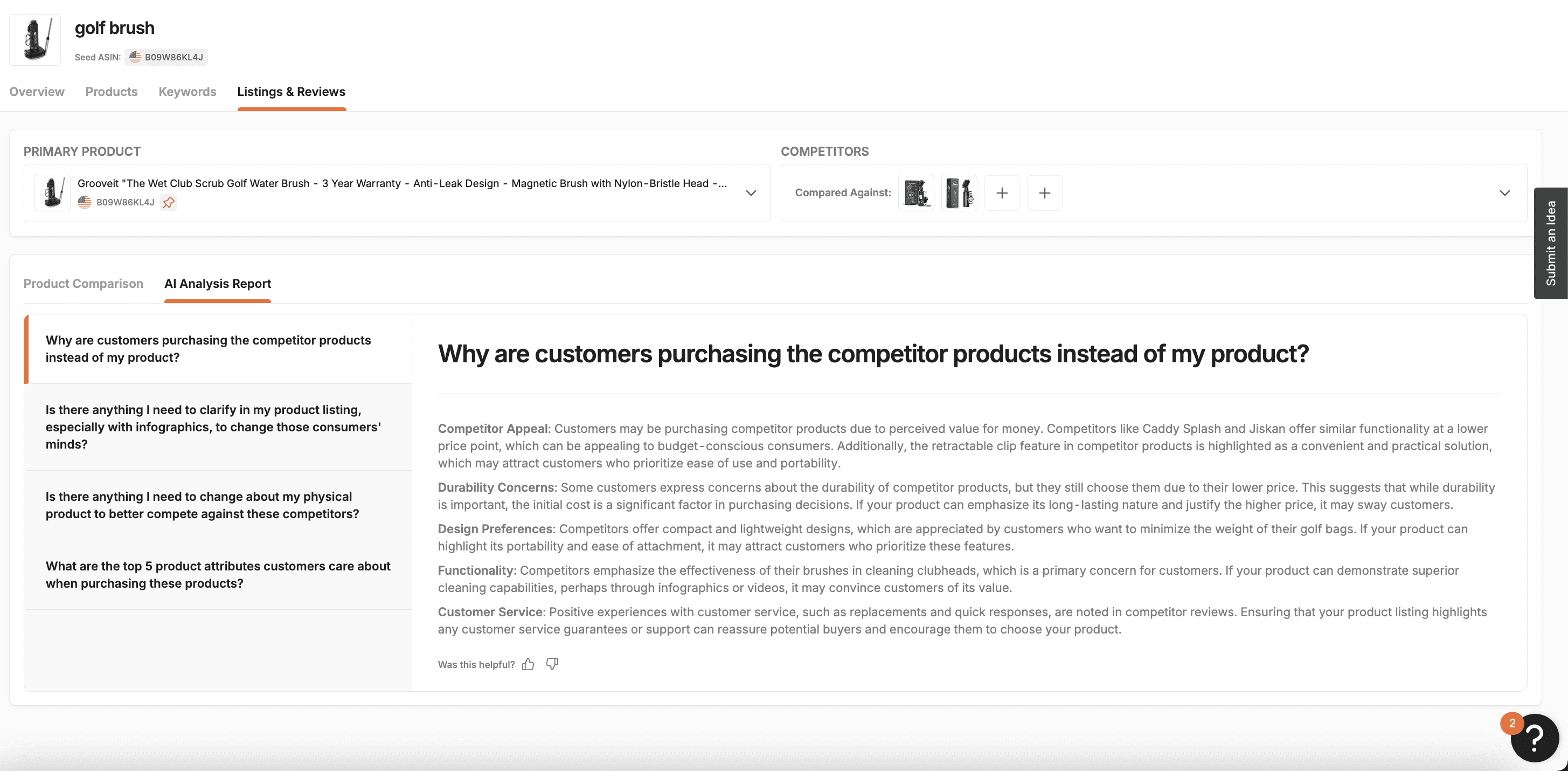
Don’t be tempted to overstuff keywords
We’ve mentioned a couple of times already that keyword stuffing is dangerous. Unnatural, spammy-sounding product descriptions are a huge turn-off for most shoppers. Plus, they can lead to penalties from Amazon.
We recommend a balanced approach. Incorporate primary keywords naturally within the text and use secondary keywords strategically. Make sure that the finished product is engaging and readable, not repetitive and cluttered with a bunch of similar-sounding terms.
Jungle Scout’s Listing Builder is the perfect way to create optimized product listings that maximize keyword usage without crossing into keyword stuffing. By tightening up those product listings, many clients see improved conversion rates and reduced return rates.
Build A+ content (if possible)
Amazon A+ content is an enhanced content feature available to brand-registered sellers that allows them to create visually rich product descriptions. With A+ content, you can include higher-quality images, comparison charts, and even infographics to enhance credibility and visual appeal.
Using these items strategically allows you to convey more information (including visual info), giving buyers more confidence in what they’re getting. By giving them as much unique and relevant information as possible, you’ll likely improve conversion rates and reduce return rates.
Just make sure your content remains easy to consume — you have more tools to work with, so use them to break up blocks of text and show more than you tell. You’ll also want to answer common questions that show up in reviews and feedback.
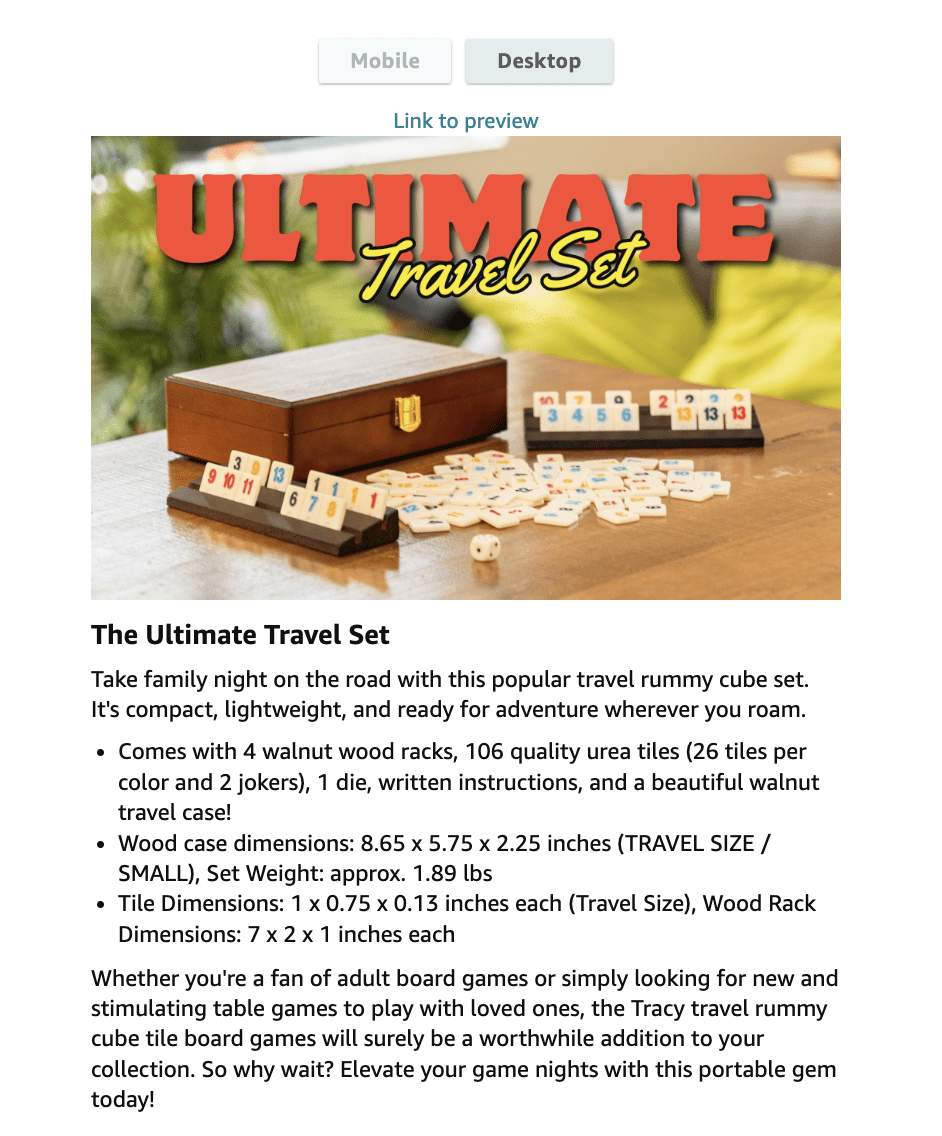
Include the right amount of detail
It can be tough to strike the perfect balance on level of detail. You want to provide as much relevant information as possible so that buyers can make more informed decisions, but you don’t want to overwhelm them or distract them with unnecessary details.
Focus on the most critical features, benefits, and pain points first. If you still have room, and there’s more of value to say, add it next. But don’t add more text and information just to fill up the listing. Keep it relevant, high quality, and persuasive.
Boost your conversion rates with optimized, effective Amazon product descriptions
Creating and optimizing Amazon product descriptions is detail-oriented work, but doing it right delivers powerful results. By building product descriptions that are compelling, informative, emotive, and keyword-optimized, Amazon sellers of all sizes can improve visibility and convert more viewers into customers.
More than a million sellers are already using Jungle Scout to create, refine, and optimize their product listings and product descriptions. Tools like Keyword Scout and Listing Builder can supercharge your capabilities — and your results.
